4 PPC Tips that Can Lift Your SEO
Most people will recommend one or the other.
Should you invest in PPC or SEO?
You constantly see articles titled “PPC vs. SEO” that compare the two channels.
Paid search advertising generated nearly $35 billion in 2016 alone. And those sky-high numbers only continue to climb.
But organic traffic accounts for more than 51% of search engine traffic.
So here lies the marketer’s dilemma.
Which traffic source should you invest your precious time and money in?
Is one better than the other?
If you invest all your time and money into PPC, you risk having a severely underdeveloped organic presence.
Which means you might pay through-the-nose for your customers for years to come.
If you go 100% into SEO, it’s going to be a while before you generate returns. It’s like a snowball that takes some time to gather momentum.
But there is some good news, thankfully.
I’m here to flip the script.
You can use both of them together.
When you do it right, they actually can improve the results you see on both.
There’s no reason to choose one or the other. Even a few hundred bucks invested in both channels can pay off.
Here are 4 PPC tips to lift your SEO to new heights.
Why you should be running PPC campaigns
PPC advertising can open up all kinds of opportunities to drive sales of your products and services.
Here’s one of the major benefits that PPC offers:
Paid search ads show up first on search engine results pages (SERPs).
The AdWords Search Network ads will show up before any of the organic listings get anywhere close.
You’ll see four ads on desktop and three on mobile that push almost all of the SEO or organic results below the fold.
Here’s an example:

Sure, there are a few local ads. But otherwise, there’s not an organic listing in sight!
PPC advertisements also give you control over the messaging and site links that are displayed.
For example, AdWords Search Network ads let you add specific callouts, CTAs, and targeted messaging to make your ad appeal to a wide variety of searchers.
Let me show you what I mean so you can see how it compares to organic.
Check out this PPC example first:

See all those extra site links?
Prospects can click on any one of those options to get into your funnel faster.
Now, compare that to an organic search listing:

It has a title and description. But nothing else that might compel people to click.
PPC also has detailed targeting. You can target ads by keywords, time of day, location, device, and more.
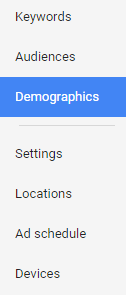
Organic search is a shot-in-the-dark in comparison.
You’re targeting specific keywords. But otherwise, you don’t have much control over what you’ll rank for.
Then there’s speed.
You can launch a new PPC campaign within hours. Traffic immediately starts coming your way afterward.
You can launch a new SEO strategy within hours, too. However, it might take a few months before you start seeing any traffic pour into your site.
Ads also help you show your product in search results.
For example, if you did a basic search for lawn mowers, text ads would show in their normal slots.
But visual-based sponsored Google Shopping ads would also show first.

Why you should also be running SEO campaigns
Organic search makes up 64% of all website traffic.
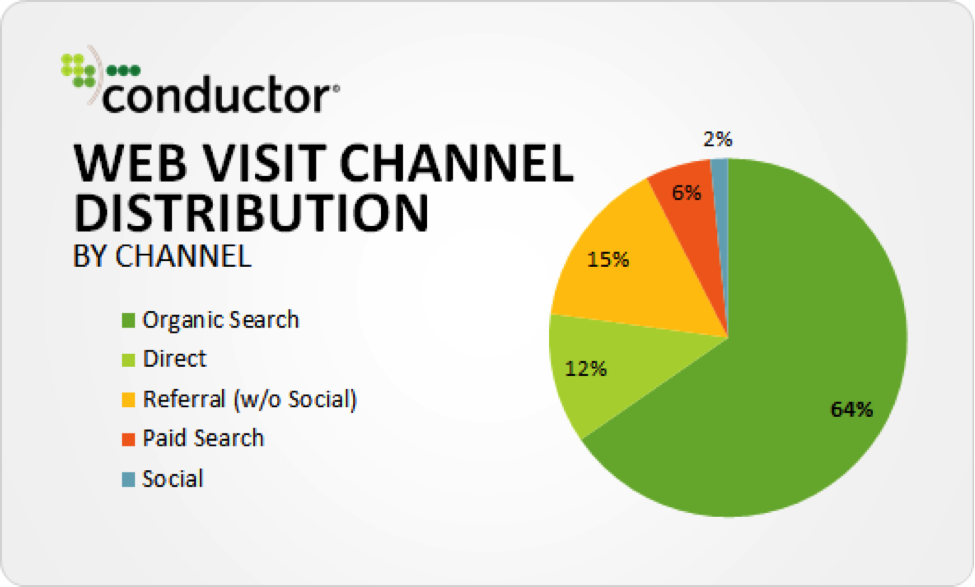
Paid search, on the other hand, only makes up 6% on average.
So organic search takes the cake for driving clicks and traffic.
That’s not the only big difference, though.
For example, AdWords ads typically see a 2% average click-through rate. That means only 2% of the people searching for something might click on your ad.
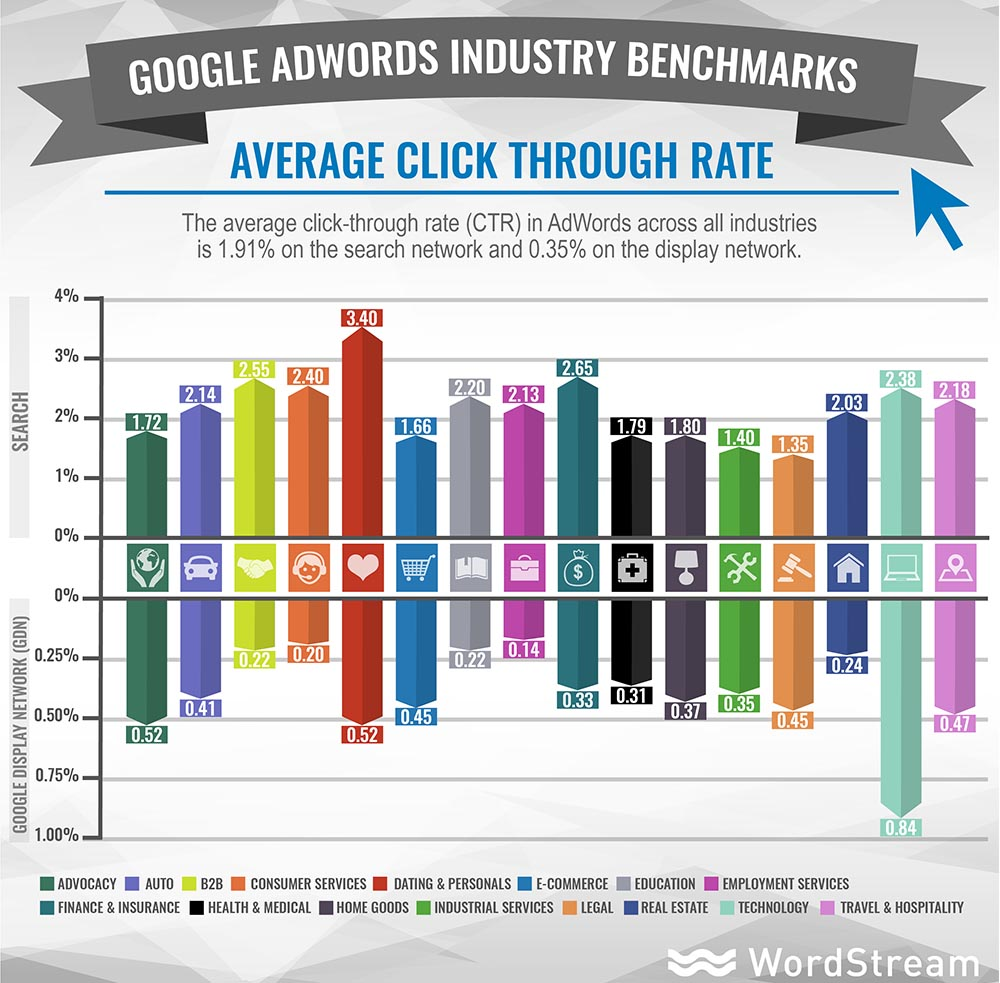
Now compare that to the organic listings.
PPC ads might show up first on a page. But organic search claims the majority of clicks.
If you rank in the first three organic positions, you’re looking at significantly higher CTRs:
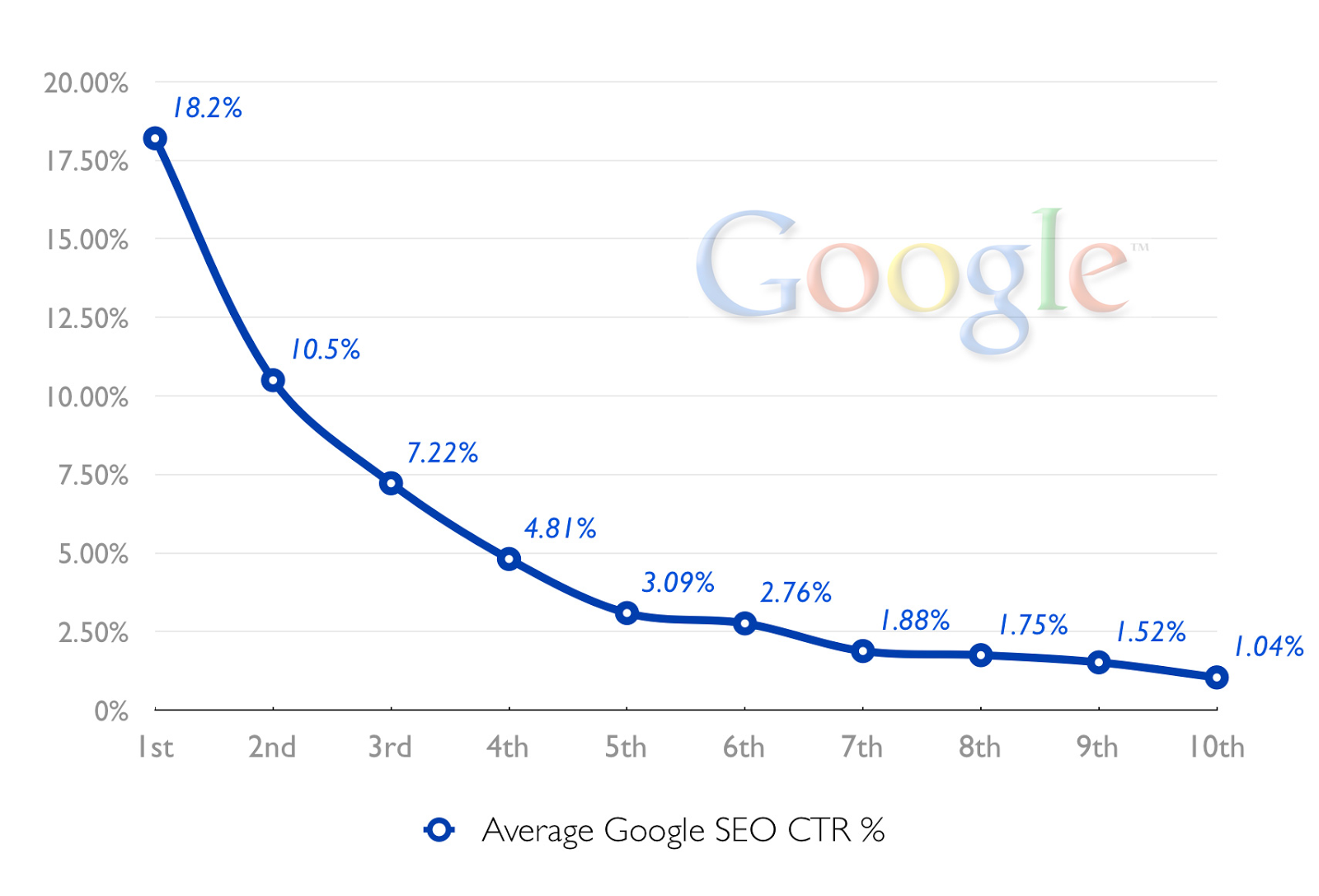
That’s why SEO can drive countless visitors.
Obviously, all of these clicks are free, too.
Instead of paying for every single click whether the user converted or not, your traffic from organic search doesn’t cost you anything directly.
It takes a ton of time, effort, and money to rank well. You’ll ‘pay’ by creating new content, monitoring your website, trying to get new backlinks, and otherwise attracting readers.However, you’re not paying out-of-pocket for each new visitor.
All of this sounds awesome so far, right?
Unfortunately, nothing great comes without a few disadvantages.
Getting visibility and ranking on the first page for a big keyword on Google isn’t easy.
It can take months or even years to rank for the top ones in your industry.
Just look at the average age of posts on the top page of Google. Most are several years old!
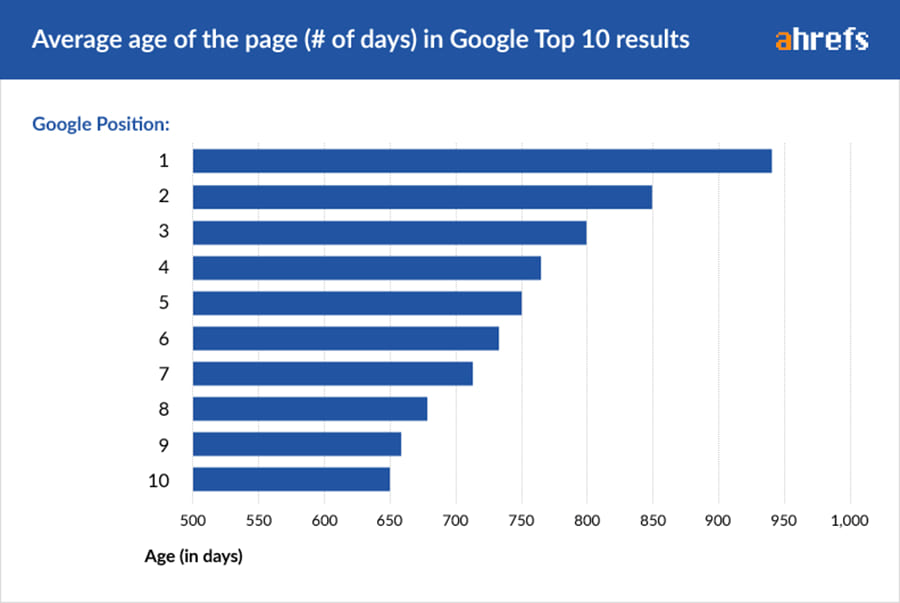
The average age for a #1-ranking post for a given keyword is nearly three years old.
Meanwhile, the newer stuff tends to get stuck at the bottom of the first page.
All of the new content you’re pumping out each month is at a significant disadvantage.
That’s why the promise of capitalizing on the reported “64% of all website traffic” can feel like walking into a casino for new websites.
It sounds amazing to get those great results.But the deck is stacked against you.
This is exactly why you should use PPC to help improve your SEO efforts.
You can leverage what PPC is already good at to make up for SEO’s shortcomings.
Here are four of my favorite techniques to make the two go together like peanut butter and jelly.
1. Start by reclaiming your paid traffic
We’re about to start spending some money on PPC.
Before you can do that, you’ll want to make sure it’s getting picked up properly.
Unfortunately, your PPC traffic can get consumed by other channels.
You’ll be throwing down money.
But Google Analytics won’t be recording it properly. So you’ll have no idea how it’s working.
That’s why you need to be able to filter out your direct traffic to uncover your true paid or organic numbers.
Head over to Google Analytics and click on the “Acquisition” report:
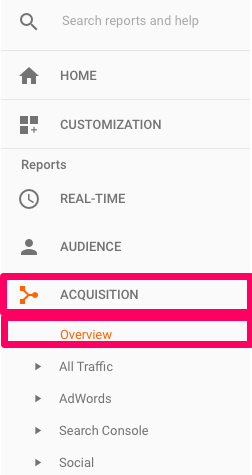
Direct traffic should only represent the people who are typing your URL into their address bar directly. That’s not always the case, though.
For example, your direct traffic will probably look something like this:
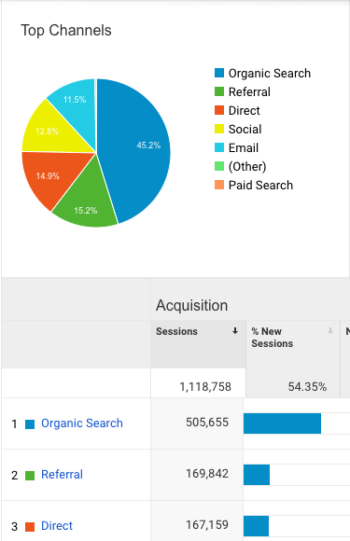
That might not be a good sign. It might mean you’re spending good money on ads that aren’t getting picked up properly.
Thankfully, you can fix this problem once and for all by using UTM codes.
Use the Google URL Builder to simply drop your URL in and customize the tags:
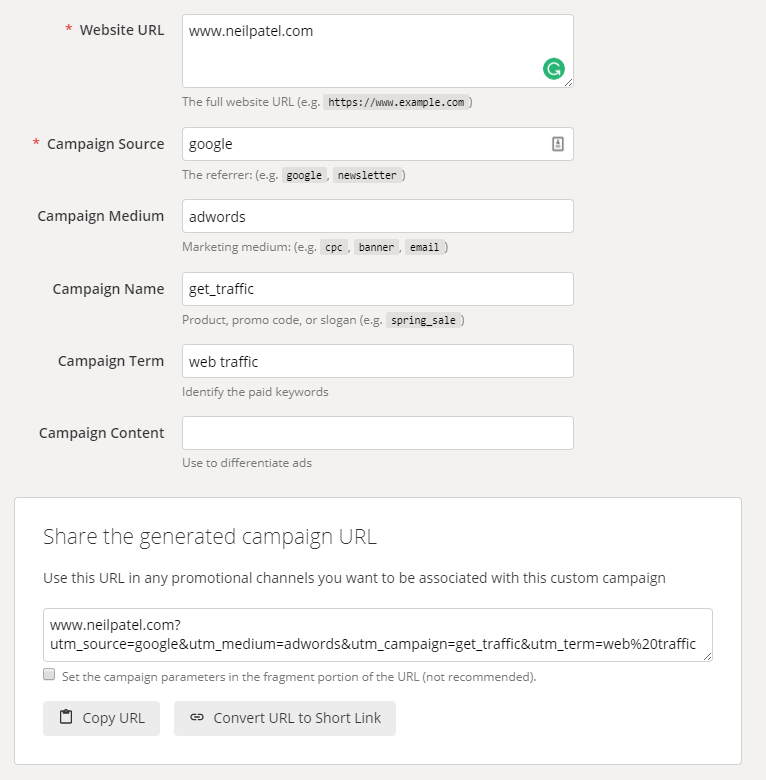
It’s easy to neglect UTM tracking because it can be tedious. It also sounds like overkill.
But the truth is that it helps by giving you pure paid and organic traffic numbers to work with.
If you’re new to UTM codes, here’s a basic rundown of the different variables and how to structure your links:
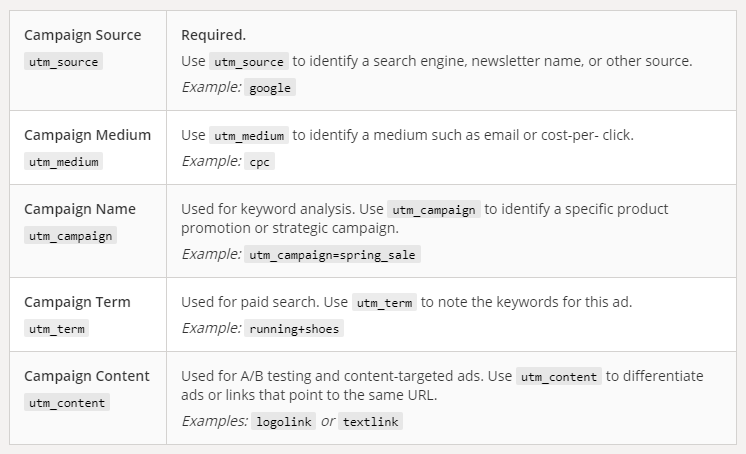
Once you’ve got your links created, you can copy that campaign URL and use it as your final URL in AdWords:
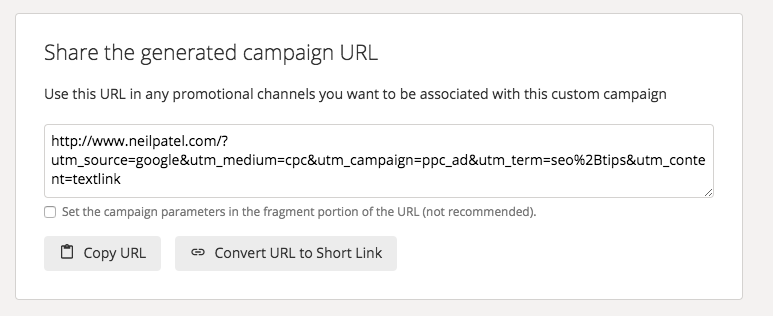
Now your site traffic in Analytics will actually get funneled into paid and organic instead of direct.
And you’ll be ready to start using these ninja-like PPC hacks to dominate your SEO.
2. Crowd the SERPs on branded searches
One of the best ways to lift your SEO with PPC is to crowd a search engine result page with your content.
That sentence was a mouthful. Let’s break it down.
If you can cover more real estate, you’re going to get more clicks.
Fewer than 10% of searchers will click on the second page of Google for answers.
On top of that, page-one results will get 91.5% of the traffic:
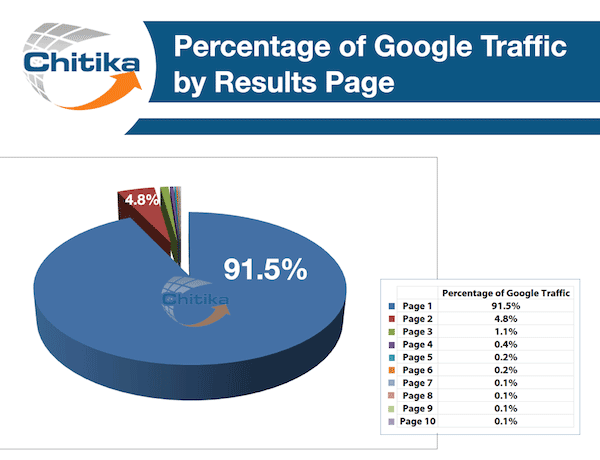
So it makes absolutely no sense to pursue anything other than page one.
Plus, if you crowd the SERPs on the first page of Google, you can expect to grab a greater percentage of the traffic:
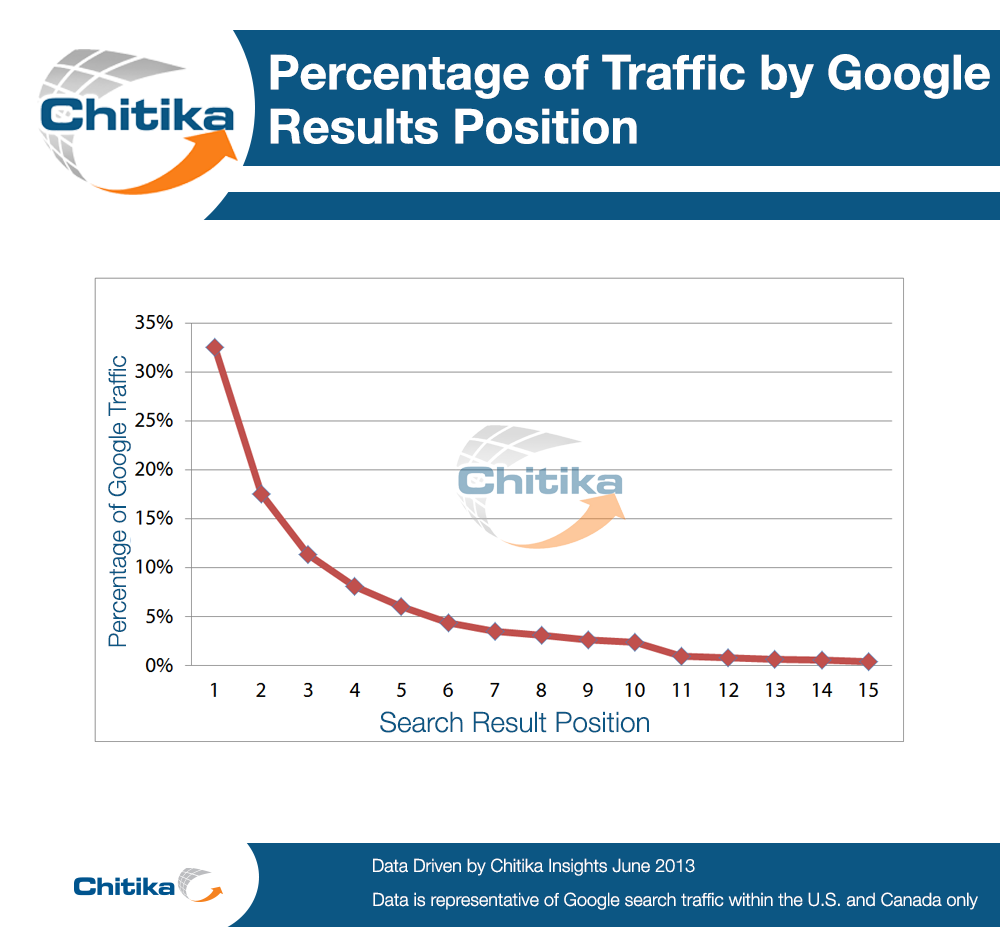
You get the point.
The more slots you take up, the more clicks you’ll get.
Let’s start with branded searches.
If you don’t already bid on your branded searches like “Neil Patel” or “Company,” you should.
Here’s what happens when you look for “HubSpot.”
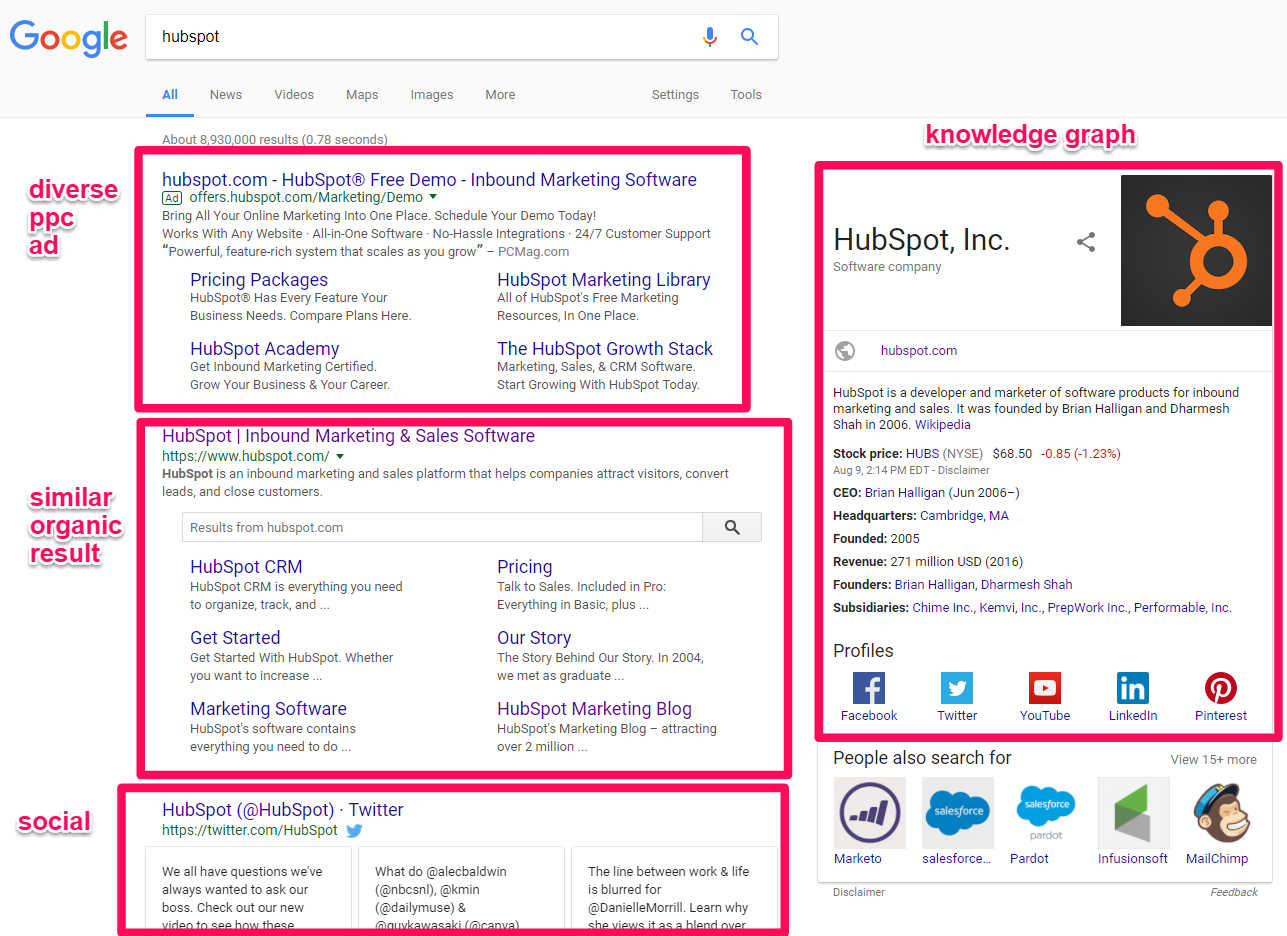
See?
They completely dominate the entire search engine result page.
It’s nearly impossible for someone to click on a link that won’t lead them directly to their site.
Why else is this important?Brand reputation! Dominating the SERP like this doesn’t allow for any bad press to show up when someone Googles you.
And when someone does a branded search like this, they’ll most likely click on your organic listing instead of the paid ad. So it’s not going to cost you much, either.
But that’s the point!
It’s simply there to help boost your SEO.
It exists to make every aspect of the page focus on the company website, leaving no room for missing out on new traffic or leads.
3. Move high-cost PPC keywords to SEO
Nobody enjoys paying hundreds of dollars in PPC to get zero conversions.
Some keywords just don’t pack the same purchasing intent as others.
For example, here’s a bad sign:
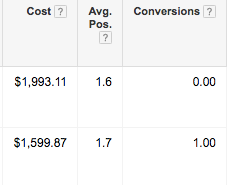
You’re showing up in the first position. You’re paying a bunch of money.
And yet, you’re not seeing results where it counts.
People might be clicking countless times on your expensive keywords. But they aren’t looking to convert to a service just yet.
So use this opportunity for SEO instead of throwing thousands of dollars down the drain.
You still want that targeted keyword traffic. You can start to research organic traffic and potential keyword variations that you can use to rank for it.
For example, let’s say you’re bidding on the keyword “web design software,” and you aren’t getting any conversions. Just tons of wasted $5 clicks.
Look it up on SEMrush first to check the average CPC and organic SEO strength:
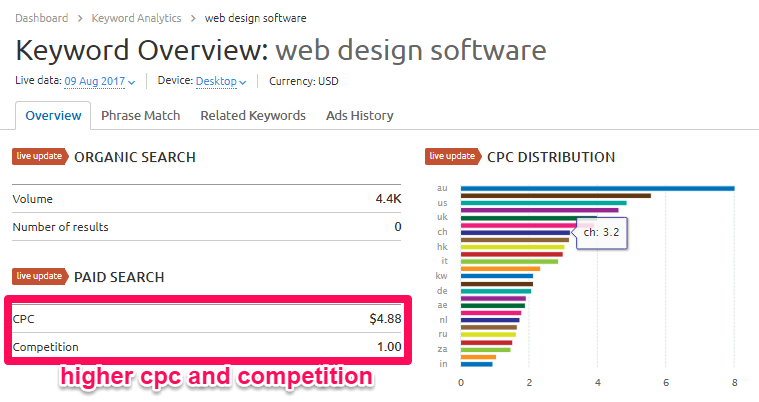
Now you know that the competition is just too high.
And you’re paying way past the average CPC because you’re in a bidding war with the countless companies that are also bidding on this term.
Instead, try to find keyword variants to rank for organically so that you can still drive traffic from this keyword.
Here’s how to get started.
Sign into Moz and click on “More Tools” in the top right corner.
A new menu will show up, and you can select “More SEO Tools”:
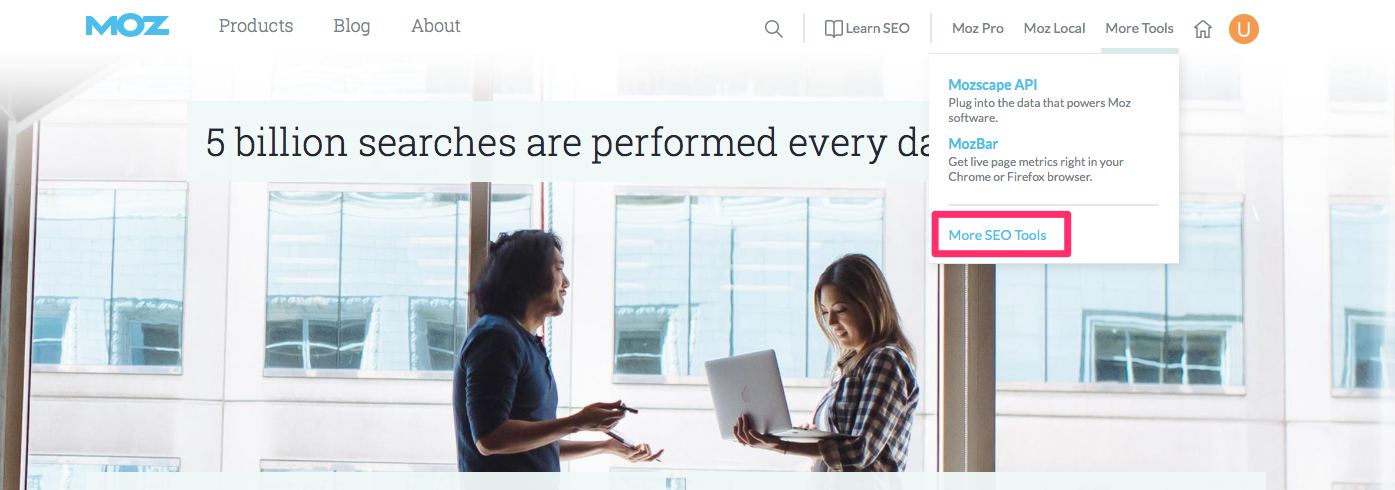
Now select the Keyword Explorer.
You can use this free tool to explore keyword variations. You’ll also be able to see the potential to rank for them.
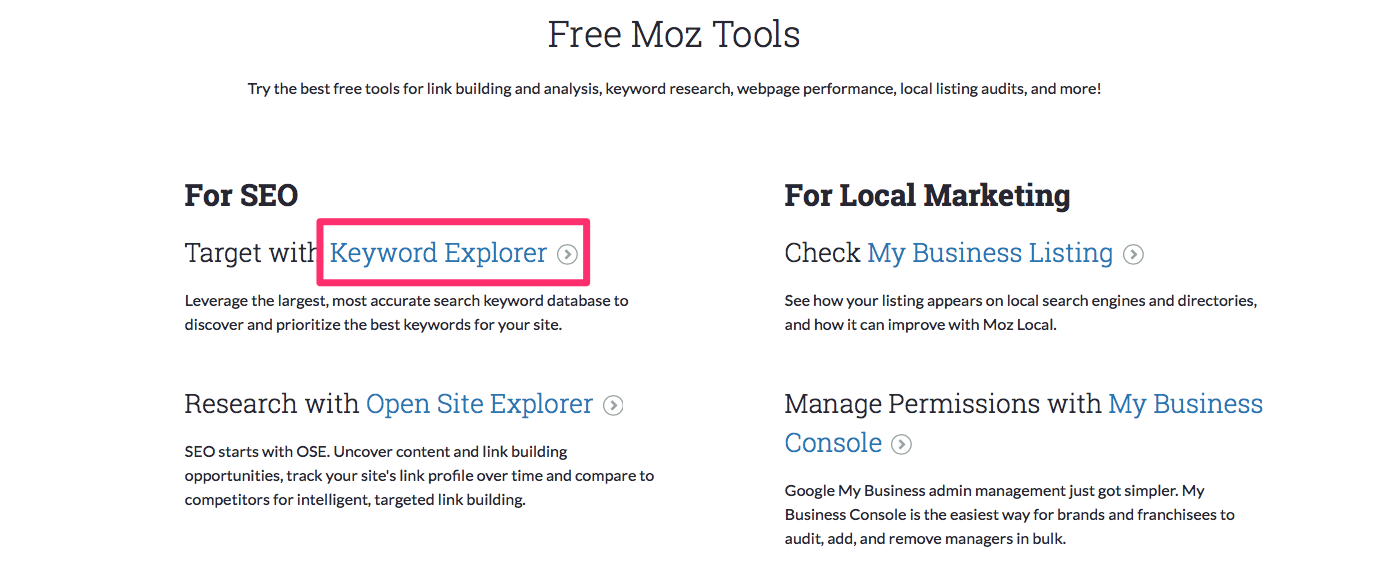
Next, type your high-cost, high-competition keyword into the search bar.
For example, if your PPC keyword was “web design software,” simply type it into the search bar:

You’ll now see a box of keyword suggestions.
Click the link at the bottom that says “See All 1,000 Suggestions” to pull up other variations.
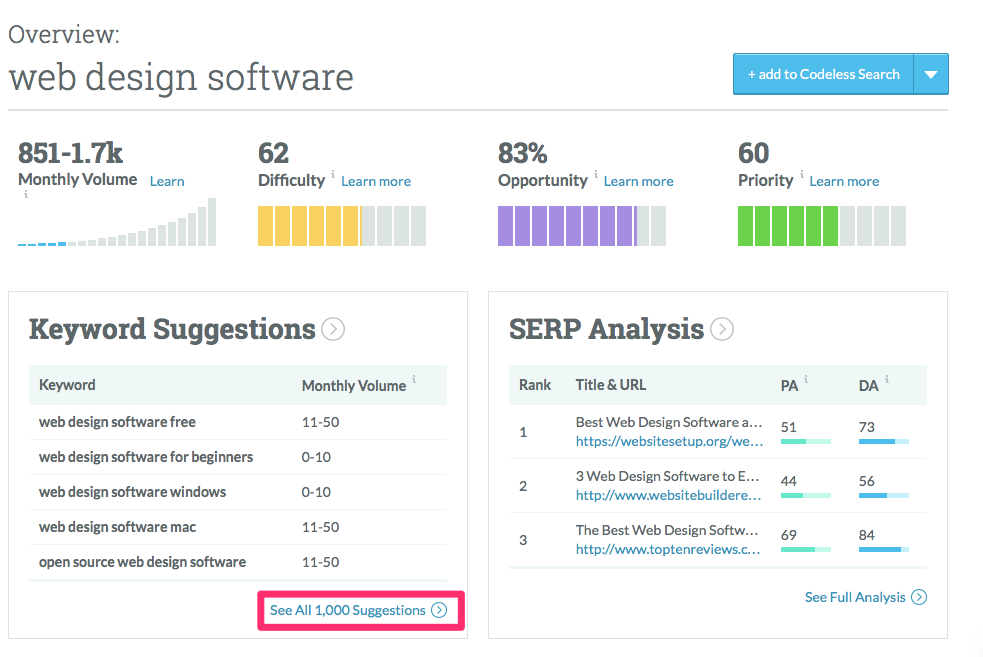
Ideally, you want to find a few with lower cost and higher potential.
Let’s group similar keywords to narrow the list down a little bit.
Under “Group Keywords,” select “yes with low lexical similarity.” Your list will automatically update to portray keyword groups instead of individual keywords:
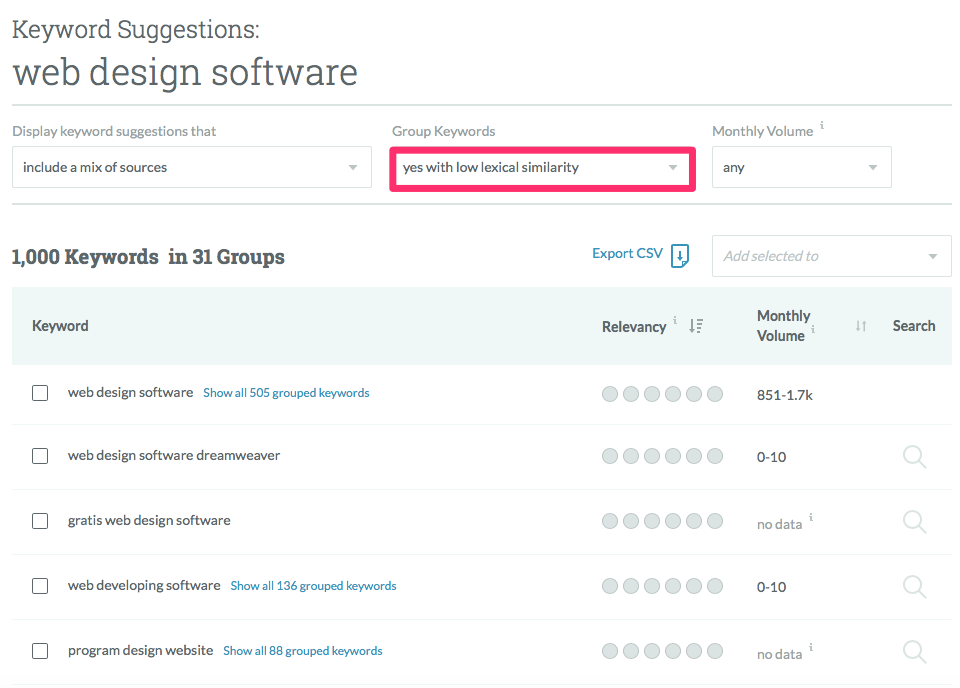
You can now browse this list for your awareness, consideration, and decision keywords to better match what the searcher is looking for.
For example, the earlier PPC ad wasn’t working. Those visitors weren’t ready to convert.
No problem. Now you can segment those PPC keywords into multiple organic pages.
Check out these ideas highlighted below:
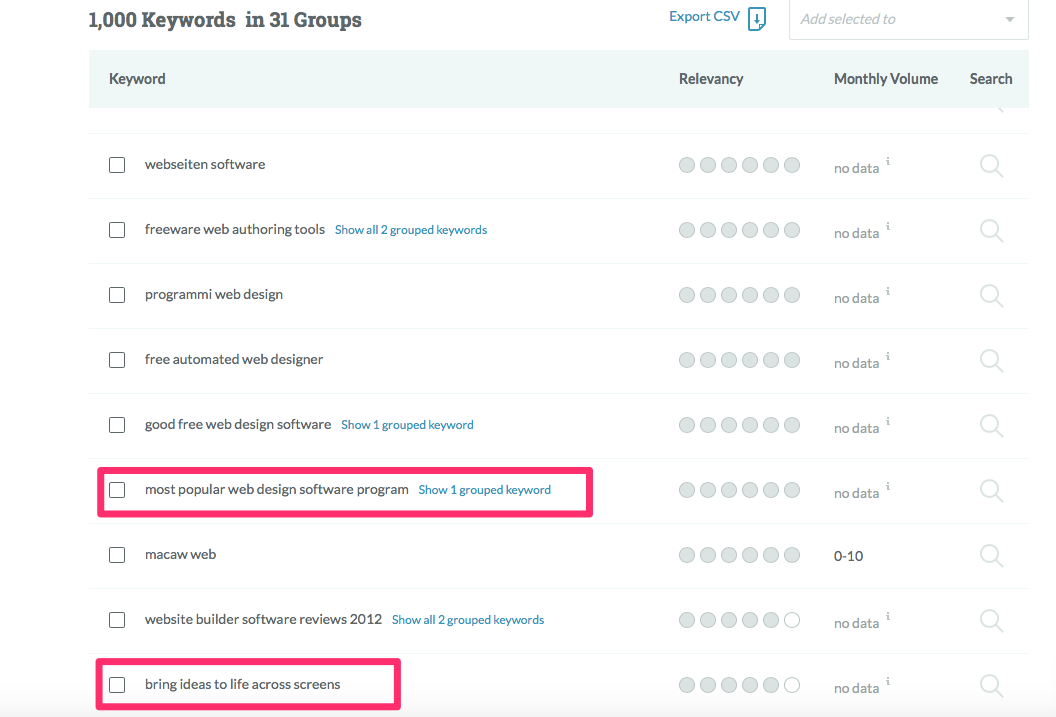
The first example, “most popular web design software program,” would be good for people who are evaluating their options.
They’re not ready to buy. But if you give them a good analysis, they might come back soon to cross the finish line.
Otherwise, the second one, “bring ideas to life across screens,” would probably be better for a simple blog post.
It might bring in a little traffic, but there’s no sense spending money on this query.
You can repeat this step to uncover long-tail keyword groups to help guide your new content ideas.
4. Match organic results with PPC ads
One of my favorite ways to integrate PPC and SEO is to match the content in organic results with a PPC ad.
Here’s how it works.
A searcher’s intent is everything.
If the searcher isn’t ready to buy, they will never click on your PPC ads no matter how incredible your headline or how amazing your deal.
If they’re not ready to buy, they’re not ready. There’s not a whole lot you can do to change their minds.
Here’s what you should do instead.
Let’s say you wanted to show up for the search term, “best laptops 2017.”
But you notice that keyword is incredibly tough to rank for:

The search volume is insanely high, though.
What do you think the intention of this search query is?
Are these people looking to buy a laptop or are they looking to compare?
That’s right. They’re looking to compare. They want to see how different laptops stack up against each other.
If they wanted to buy, it’s more likely that they’d search for “*brand name* laptop.”
When someone searches for a variation of “best ___,” they are looking for articles that compare the products in question.
They don’t care about your brand yet. They don’t even know who you are. If they did, they would have typed that instead.
So if you want to make PPC and SEO mesh, you can take advantage of this with one simple trick.
Match the searcher’s intent.
Let me show you what I mean.
Here are the paid results for that “best laptops 2017” search query:

Notice that they don’t make sense for the search.
Like I said before, the intent of the search isn’t to buy a laptop just yet.
Now, take a look at the organic SEO results of this search, and you’ll see the difference:
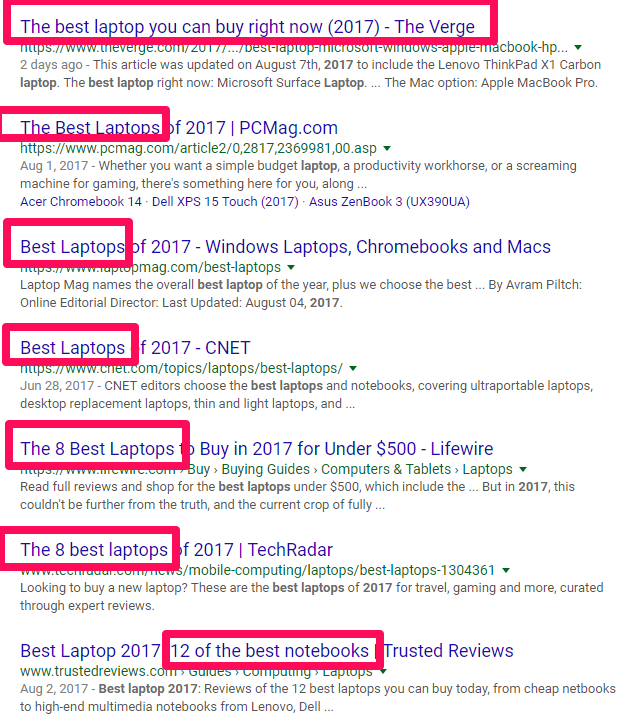
Notice the trend yet?
They’re all comparisons and reviews! You’re getting a ton of big lists of laptops to help someone consider their options.
I don’t see a single retailer like Microsoft ranking high for this search. Why?
Google’s algorithm has determined that this query is best answered with comparison posts.
So why on earth would you want to waste money on a PPC that just talks about your product, when you could use that PPC ad to boost your SEO?
Instead, focus your ad on matching the intent of the search.
Check out how the first and third options below do that perfectly when you look for “best project management software”:

Using this tactic can help you crowd the SERP with content.
And help you lift your SEO success without building a single backlink.
Conclusion
People always want to choose between SEO and PPC.
They praise one and hate the other.
But why can’t they work together?
Paid search is a growing market that accounts for billions of dollars in revenue every year.
And organic search dominates web traffic.
But SEO can take months or years to rank on the top search pages.
SEO traffic will be a tiny trickle in the early days.
PPC can deliver results right now. This traffic also converts fast.
So it might only take a few hours to see results, as opposed to a few months.
Each method has its pros and cons.
The good news is that you can do both. You can use one to help cover up the flaws of the other one.
What methods using paid search have you done that helped your SEO strategy?
The post 4 PPC Tips that Can Lift Your SEO appeared first on Neil Patel.


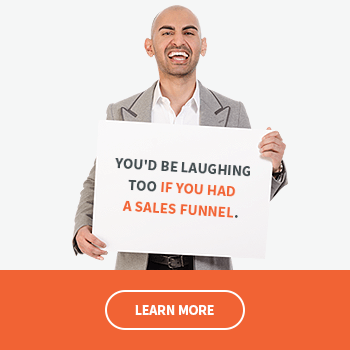

Comments
Post a Comment